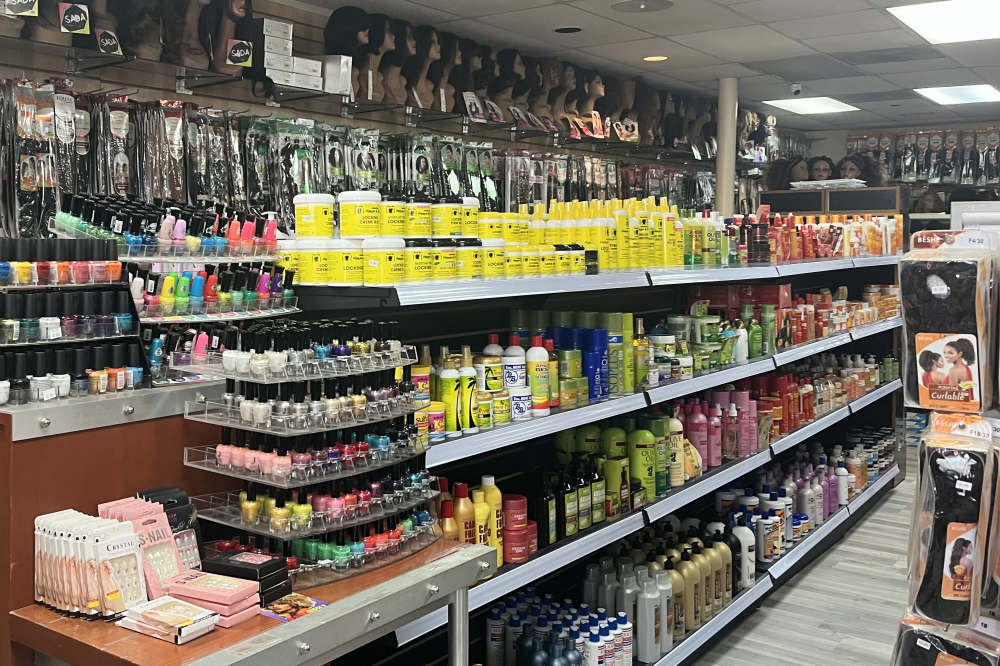Shop At Haya: Your Ultimate Shopping Guide
Discover the best shopping tips, trends, and deals for a smarter buying experience.
The Surprising Truth Behind Your Favorite Beauty Products
Uncover the shocking truths about your beloved beauty products and discover what the labels don’t want you to know!
What Ingredients in Your Beauty Products Are Actually Beneficial?
When evaluating the ingredients in your beauty products, it’s essential to recognize which components truly offer benefits to your skin and overall health. For example, hyaluronic acid is a popular ingredient known for its exceptional hydrating properties. It can attract and retain moisture, making your skin look plump and youthful. Similarly, vitamin C is a powerhouse antioxidant that helps brighten the skin, improve its texture, and promote a more even complexion by combatting free radicals.
Additionally, the inclusion of ceramides in your skincare routine can significantly enhance your skin's barrier function. These lipids help protect your skin from environmental aggressors while retaining essential moisture. Other beneficial ingredients include peptides, which can stimulate collagen production for firmer skin, and aloe vera, renowned for its soothing and calming effects on irritated skin. Paying attention to these key ingredients can transform your beauty routine and promote healthier skin.

The Hidden Risks: Are Your Favorite Beauty Products Really Safe?
In recent years, the beauty industry has come under scrutiny for the safety of its products. While many consumers trust that their favorite creams, serums, and cosmetics are rigorously tested, the hidden risks associated with these items can be alarming. Many popular beauty products contain potentially harmful ingredients such as parabens, phthalates, and sulfates, which have been linked to health concerns ranging from skin irritation to long-term hormonal disruptions. As awareness of these risks increases, it’s crucial for consumers to educate themselves about what they're putting on their skin.
Furthermore, the lack of stringent regulations in the beauty industry allows for the inclusion of questionable substances in products marketed as safe. It’s essential to adopt a proactive approach by reading ingredient labels and opting for brands that prioritize transparency. To aid your decision-making, consider creating an ordered list of your favorite products and investigating the ingredients within each. Remember, beauty should not come at the expense of your health, and being informed is the first step towards a safer regimen.
Decoding Labels: What Do the Ingredients in Your Beauty Products Mean?
Decoding labels on beauty products is essential for making informed choices about what we apply to our skin. When examining an ingredient list, one might come across a mix of familiar terms and perplexing chemical names. For instance, ingredients like water (Aqua) often serve as the base for many formulations, while substances such as glycerin act as humectants, drawing moisture into the skin. Other common ingredients, like fragrance, might enhance our experience but can potentially cause irritation for sensitive individuals. Understanding each component helps consumers avoid harmful chemicals and seek out products that align with their personal values and skin needs.
Moreover, many products tout natural or organic labels, yet it’s crucial to scrutinize their actual contents. Some brands may incorporate a small percentage of natural ingredients while using potentially harmful synthetic additives. To navigate through these claims, consumers should familiarize themselves with common ingredient categories such as preservatives (e.g., parabens), which prolong shelf life, or emollients (e.g., petrolatum), which provide a hydrating barrier. By educating ourselves about these ingredients, we can make better choices for our skin health and overall well-being, ensuring we select products that truly resonate with our needs.